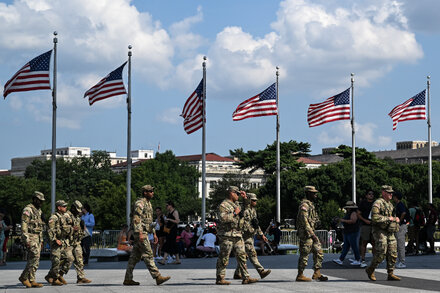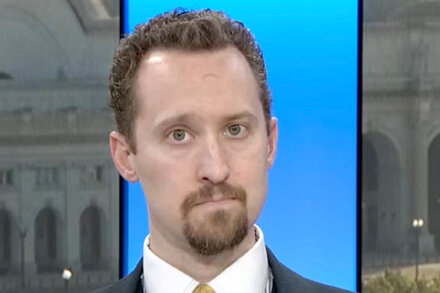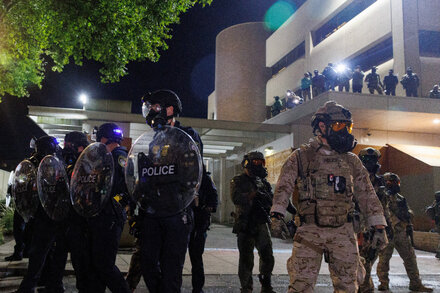
The National Guard is a unique component of the United States Armed Forces, distinct in its dual role serving both state and federal authorities. Comprising the Army National Guard and the Air National Guard, it operates under the jurisdiction of individual state governors, yet can also be activated by the President of the United States for federal missions.
Established as a modern iteration of colonial militias, the National Guard traces its roots to the earliest days of American history. Today, its units are present in all 50 states, the District of Columbia, and the U.S. territories of Guam, Puerto Rico, and the U.S. Virgin Islands.
Dual Mission: State and Federal
The defining characteristic of the National Guard is its dual mission. At the state level, guardsmen and women primarily respond to domestic emergencies and provide civil support. This includes critical roles in disaster relief operations, such as responding to hurricanes, floods, wildfires, and blizzards, as well as providing support for public safety events and civil unrest.
“The National Guard stands ready to assist communities in times of crisis, whether it’s a natural disaster or a call for civil support,” a spokesperson for the National Guard Bureau might state. “Our members live and work in the communities they serve, giving them an intimate understanding of local needs and rapid response capabilities.”
When not engaged in state-level duties, National Guard units train for federal missions, serving as a ready reserve component for the U.S. Army and U.S. Air Force. In this capacity, Guard members can be deployed overseas to support combat operations, peacekeeping missions, and security cooperation efforts, often serving alongside active-duty personnel. This federal role means that National Guard units are equipped and trained to the same standards as their active-duty counterparts.
Personnel and Activation
The vast majority of National Guard personnel are part-time soldiers and airmen, balancing civilian careers or education with their military service. They typically train one weekend a month and conduct an annual two-week training period, though deployments and longer training exercises can extend these commitments. Their civilian skills often translate directly into their military roles, and vice-versa, providing valuable expertise to both their communities and the armed forces.
Activation of the National Guard can occur in two primary ways. A state governor can call upon their state’s Guard units for state active duty in response to local emergencies or needs. Alternatively, the President of the United States can federalize National Guard units, bringing them under federal command for national emergencies or overseas deployments, often under Title 10 of the U.S. Code.
In summary, the National Guard represents a unique and integral part of the American defense and emergency response infrastructure, providing a flexible and responsive force capable of addressing diverse challenges both at home and abroad.
Source: Read the original article here.





